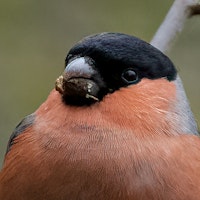
Finches
Bullfinch
The Bullfinch is a small but striking bird found in Ireland, known for its vivid red breast and blue-grey wings. Their distinctive whistle call is often heard in woodland and hedgerows throughout the country.

Description:
The Bullfinch bird is a small, stocky bird with a distinctive black cap, and a bright pinkish-red breast. The upperparts of both sexes of the Bullfinch are blue-grey, and the wings are black, with a bold white wing bar. The tail is short, squared-off, and blackish-brown with white outer tail feathers.
What do they eat?
Bullfinches primarily feed on seeds, fruits, and buds, but also take some insects and their larvae, especially during the breeding season. In gardens, they are fond of sunflower seeds and often make repeat visits to bird-feeders.
Habitat:
Bullfinches are common across much of Europe and Asia, and they are found in a variety of habitats, including woodland, hedgerows, parks, gardens, and orchards.
Size and wingspan:
The Bullfinch is a small, stocky bird, typically measuring around 14cm in length, with a wingspan of about 23cm. The female is slightly smaller than the male.
Male female difference:
Male Bullfinches have a bright pinkish-red breast, while the female has a more washed-out, pinkish-grey breast. Both sexes have a black cap, blue-grey upperparts, and a white wing-bar, but the male is more brightly colored overall.
Where to find:
Bullfinches are widespread in Ireland, and they are found in a variety of habitats, from mature deciduous woodland to suburban gardens and parks.
What months can be found in Ireland:
Bullfinches are resident breeders in Ireland, and they can be seen throughout the year. However, they are most easily seen in the winter months when they are more likely to visit birdfeeders.
Interesting note:
The Bullfinch has a short, thick bill, which is perfectly suited to breaking open buds and seeds. However, this same bill also makes it difficult for Bullfinches to swallow larger seeds whole, so they have to be broken into smaller pieces before being ingested.
Other Birds of Ireland...
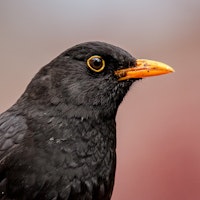
Blackbird
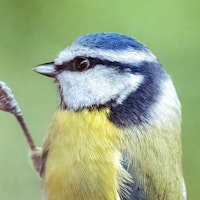
Blue Tit
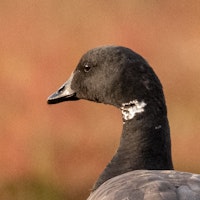
Brent Goose

Bullfinch

Buzzard

Chaffinch
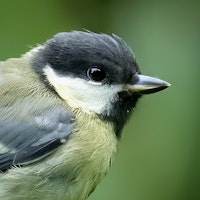
Coal Tit
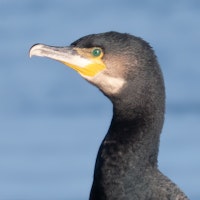
Cormorant
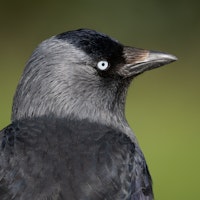
Crow
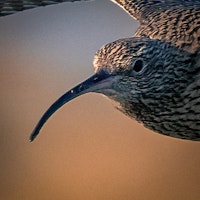
Curlew
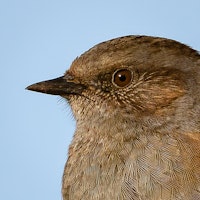
Dunnock

Eurasian Jay
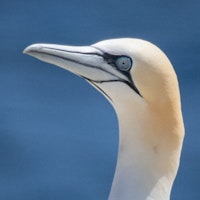
Gannet
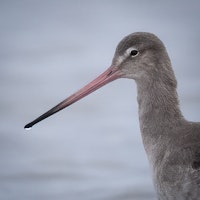
Godwit
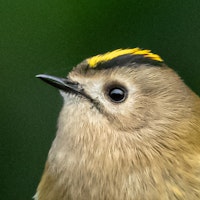
Goldcrest
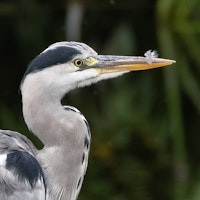
Grey Heron
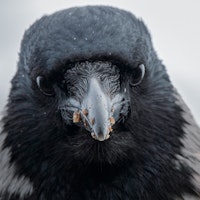
Hooded Crow
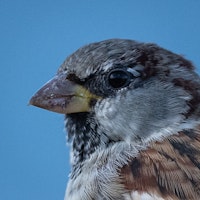
House Sparrow

Kestrel
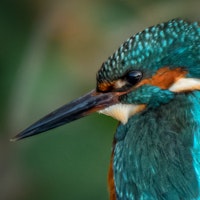
Kingfisher

Lapwing

Little Egret

Long Eared Owl

Long-tailed Tit

Mallard Duck

Merlin

Moorhen

Mute Swan

Oyster Catcher

Peregrine Falcon

Pied Wagtail

Pintail

Puffin

Red Kite

Redshank

Robin

Rook

Sanderling
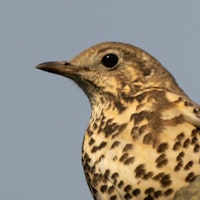
Song Thrush

Sparrowhawk

Starling

Stonechat

Swallow

Tree Creeper

Wren
More pages currently being produced...
Please connect to get updated when new pages are published





